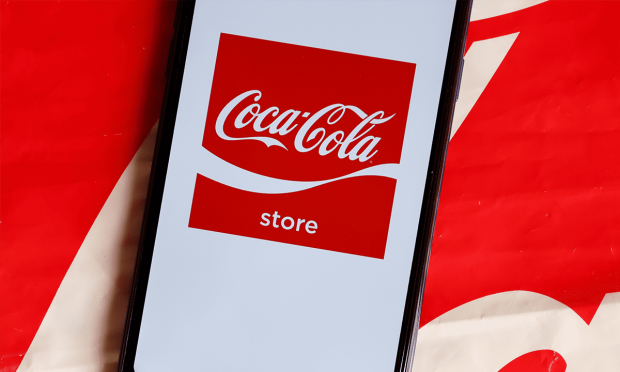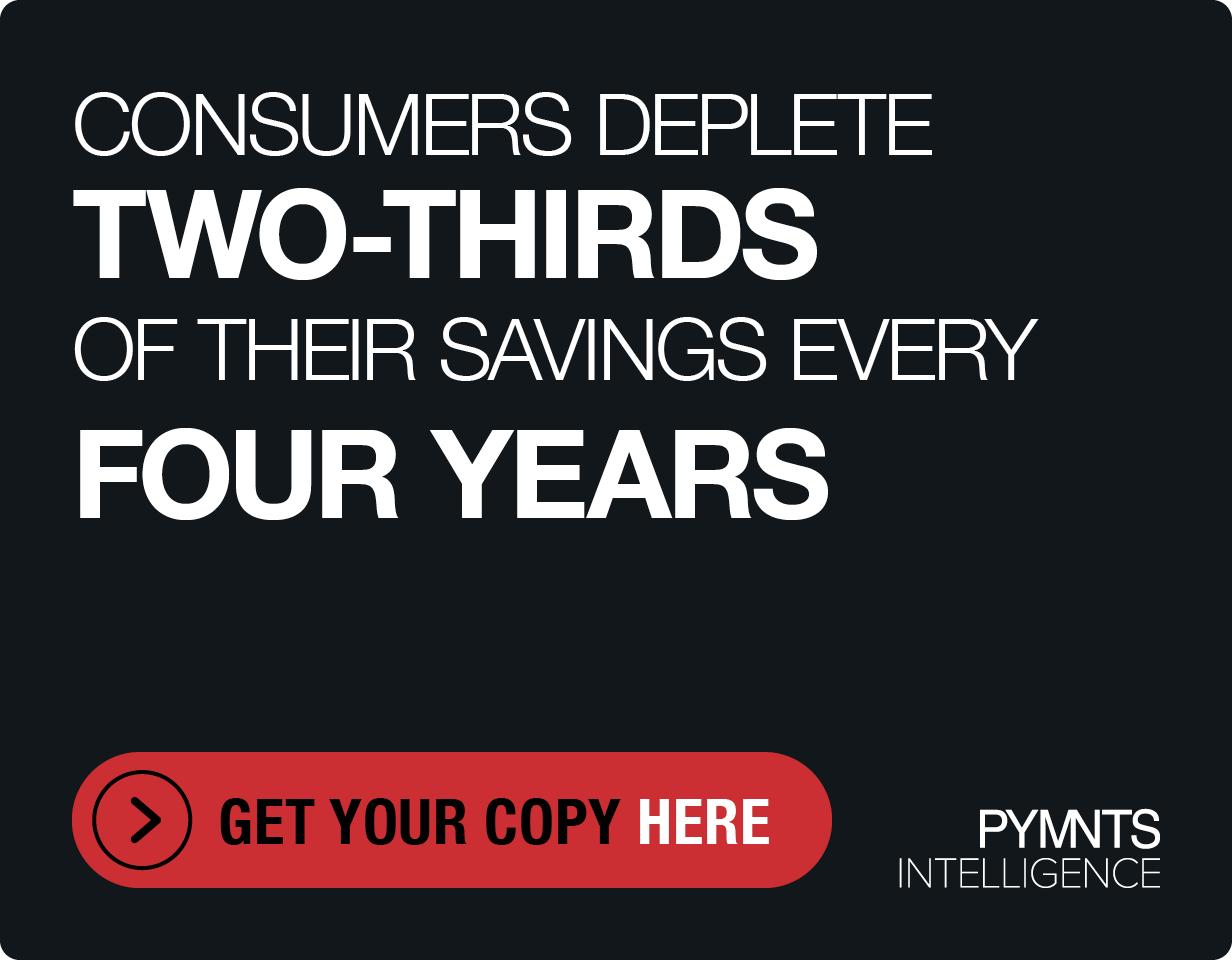Coca-Cola Leverages Grab’s Super App to Drive Digital Sales

As Coca-Cola looks to drive omnichannel engagement, the brand is seeing its partnership with Singapore-based super app Grab yield higher digital sales and at-home consumption.
On a call with analysts Tuesday (Oct. 25) discussing the beverage giant’s third-quarter 2022 financial results, CEO and Chairman James Quincey noted that this partnership, announced in August, which spans six countries, is helping the company grow its eCommerce audience.
“This [partnership] builds new consumer connections and offers a new level of convenience,” Quincey said. “Through a mix of offline advertising on the Grabs fleet, online advertising in the Grab app, gamification and product sampling, we are building more purchasing occasions to grow demand for at-home consumption. Our innovations have delivered strong results with more than 25% contribution to incremental gross profit year to date.”
Overall, the company has been getting more targeted in its digital marketing. Consequently, the company has “accelerated digital engagement,” per Quincey, reaching “4 million connected consumers” thus far this year.
Certainly, it is key for major food and beverage (F&B) brands to find ways to succeed in digital spaces. In fact, PYMNTS research suggests that the majority of consumers across major markets have been purchasing food and beverages online.
Research from the study “Super Apps for the Super Connected,” created in collaboration with PayPal, which drew from a survey of more than 9,900 consumers across the United States, the United Kingdom, Australia and Germany, found that 76% of millennials in these four countries had bought groceries online in the previous 30 days. Similarly, 64% of Gen Z consumers, 74% of bridge millennials and Gen X consumers and 65% of baby boomers and seniors said the same.
Get the study: Super Apps for the Super Connected
Plus, the majority of consumers also reported purchasing restaurant meals for off-premise consumption via digital channels in the same period.
In addition to tapping Grab’s wide audience, Coca-Cola has also been leveraging its partnership with international soccer organization FIFA to increase digital engagement. The company noted that its global campaign for the upcoming World Cup includes “a suite of digital experiences,” such as a fan leaderboard and a platform for fan predictions, which “has already led to a gain of more than 3.5 million consumers for direct engagement.”
It is likely that more digital initiatives and partnerships will be seen in the quarters ahead. Since August 2020, the company has been undergoing a strategic realignment that includes investments in “data management, consumer analytics, digital commerce and social/digital hubs.”
While Coca-Cola is focusing its digital attention on growing its customer base and driving consumer engagement, competitor PepsiCo is focusing on how it can more effectively use digital capabilities behind the scenes.
“We’re becoming much more digital, becoming much more insightful and precise as a company, and that applies … to our supply chain,” PepsiCo CEO Ramon Laguarta told analysts on a call earlier this month. “I think we’re becoming much more integrated in our [demand] forecasting … and we’re able to execute a certain level of higher complexity in our business.”
